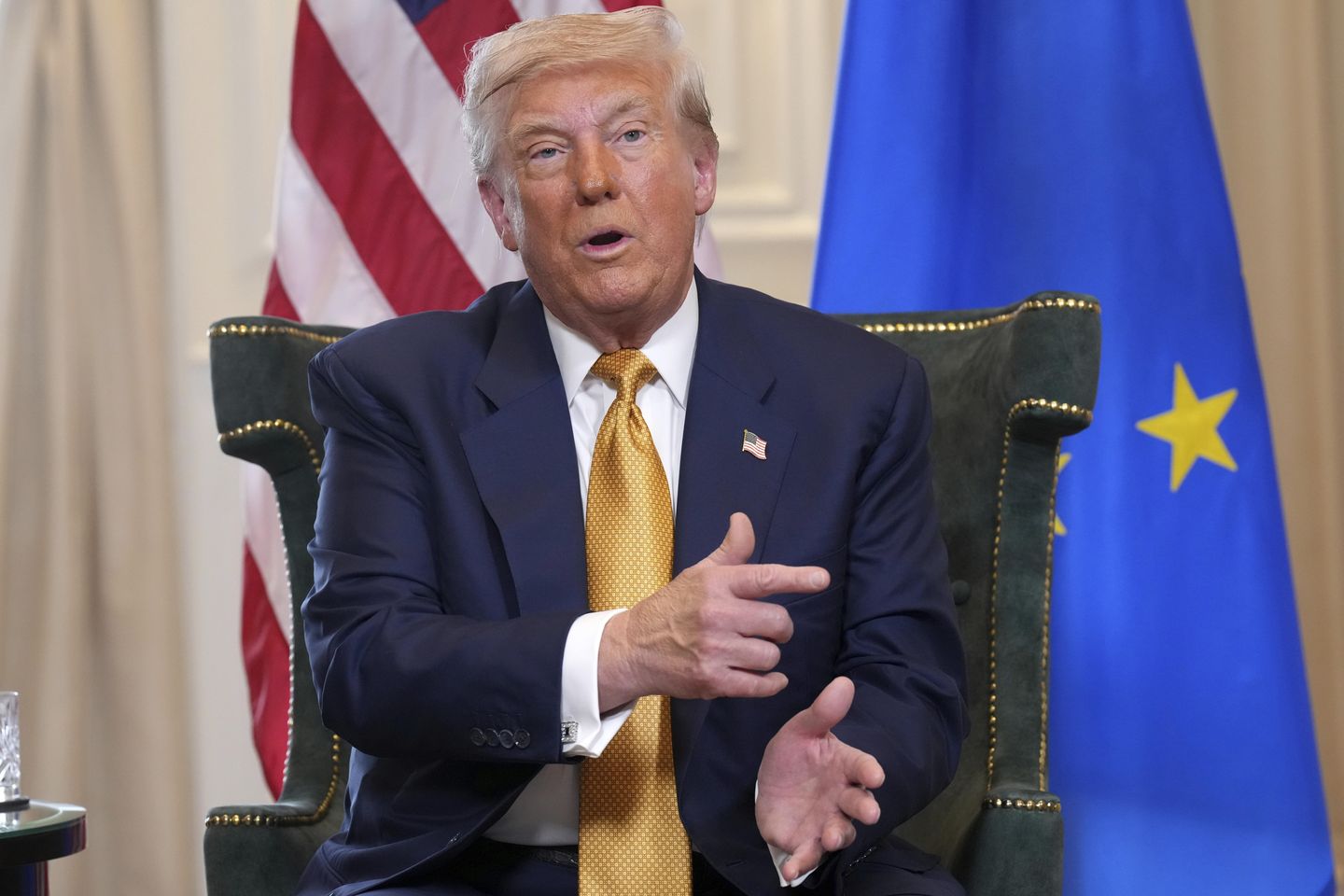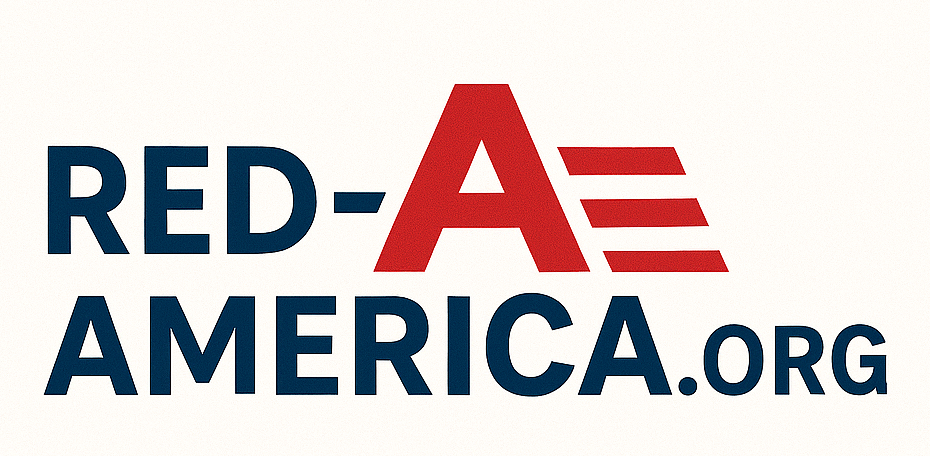
President Trump said the baseline tariff rate for most countries will be in the “15% to 20%” range as he strikes deals and assigns tariffs before a Friday deadline to set his trade terms.
Mr. Trump said the final rate would be “one of those numbers.”
“We’re going to be setting a tariff for essentially the rest of the world, and that’s what they’re going to pay if they want to do business in the United States. Because you can’t sit down and make 200 deals,” Mr. Trump told reporters Monday during a trip to Scotland.
Currently, Mr. Trump is imposing a blanket 10% tariff on foreign products brought into the U.S.
The president outlined his vision for future levies after announcing a massive trade framework with the European Union that would impose 15% tariffs on most products the bloc sends to the U.S., with some exceptions.
Previously, he struck deals with the U.K., Vietnam, Indonesia, the Philippines and Japan that set tariffs on their products in the 10% to 20% range.
“We’ve made the big ones,” he said of deals.
South Korea is floating investments in the U.S. as part of last-minute negotiations toward a deal. North American neighbors Mexico and Canada are trying to stave off 30-35% tariffs before August hits, and U.S. and Chinese negotiators met in Stockholm, Sweden, this week to keep communication open on trade.
U.S. Trade Representative Jamieson Greer said recent deals are an “amazing thing for our country” because they allow the U.S. to protect its industries and collect revenue through “some level of tariff,” while opening foreign markets to U.S. producers.
“This is how you get rid of trade deficits, it’s how you create a manufacturing boom,” Mr. Greer said.
Vice President J.D. Vance, touring a factory in Ohio on Monday, said leaders in both parties previously followed a “stupid logic” that allowed companies to offshore jobs at the expense of the American heartland.
“We’re going to reward companies for investing in the United States of America, and we’re going to punish companies for building in China and Mexico,” Mr. Vance said.
Tariffs are a tax or duty paid by importers on goods they bring in from foreign markets.
Mr. Trump says tariffs are a great way to force companies to return to America or keep their operations in the U.S., employ American workers and create revenue to fund domestic programs.
Foreign countries don’t pay the tariffs directly to the U.S. Treasury. In many cases, U.S. companies will pay the levies, and they might pass on at least some of the cost to consumers through higher prices.
So far, Mr. Trump’s tariffs haven’t resulted in widespread inflation, though his trade agenda has been in flux throughout the year.
Mr. Trump faces a stiff test in court over his tariff powers. Small businesses and Democrat-run states say the administration overstepped in leveraging a 1977 law to impose tariffs without Congress.
A trade court agreed with the anti-tariff parties in May, so Mr. Trump appealed to preserve his powers and levies that he’s set so far. A federal circuit court will hear oral arguments in the case on Thursday.













